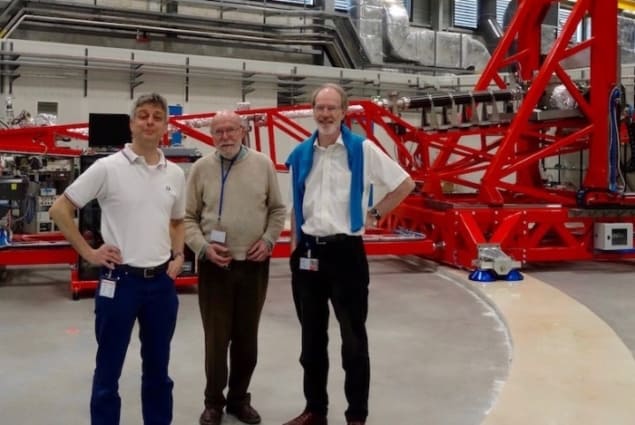
Giacomo Ghiringhelli and Lucio Braicovich of Politecnico di Milano in Italy have won the 2018 European Physical Society Condensed Matter Division Europhysics Prize “for the development and scientific exploration of high-resolution resonant inelastic X-ray scattering (RIXS)”.
The prize is awarded every two years by the European Physical Society (EPS) and will be presented to the pair on 13 March at the 27th General Conference of the EPS Condensed Matter Division, to be held in Berlin.
Two-step process
Ghiringhelli and Braicovich began working on RIXS in the 1990s at the European Synchrotron Radiation Facility (ESRF) in Grenoble, France – where they are still collaborators. The technique involves firing X-ray photons at a sample and making extremely precise measurements of the energy and momentum of the scattered photons. A RIXS process begins with a photon being absorbed by the sample, causing an electron to be excited from a core state to a valence state. A valence electron will then move down to the core state, resulting in the emission of an X-ray photon.
Careful analysis of the emitted photons provides information about the valence states of the sample, which are responsible for its electronic properties. The technique is now used at X-ray sources worldwide to study a wide range of materials including superconductors, semiconductors and metals. According to Ghiringhelli, RIXS has proven particularly useful for studying high-Tc superconductors because the technique is capable of “probing several facets of their complex and mysterious electronic and magnetic structure”.
More recently, Ghiringhelli and Braicovich played key roles in the design of a high-resolution soft X-ray RIXS spectrometer, which began operation at ESRF in 2015. The instrument has an 11 m long scattering arm that can rotate 100° without breaking vacuum as well as an in-vacuum four-circle sample goniometer.



